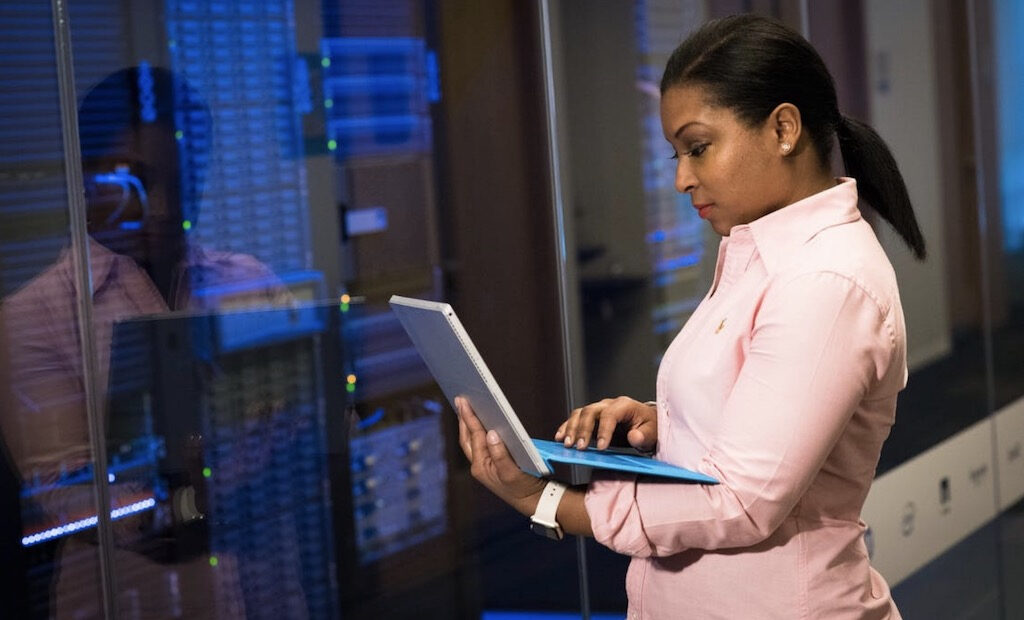How to secure remote work environments in 2024

In 2024, it is important for companies to ensure that remote work environments are safe, given the fact that many people are working away from their offices. As a result of this transformation, there are additional challenges regarding the security of information and cyber security. Here’s how organisations can better secure their remote work settings.
Embrace a zero trust approach
The Zero Trust model specifies that trust should not be placed on any entity, internal or external to the organisation. The following are essential strategies of the zero-trust model:
- Verify User Identity: All individuals must be subjected to multi-factor authentication (MFA). An employee has to have additional entry requirements beyond a password to get into any confidential records.
- Check Devices: Permit entry solely to devices that conform to the security protocol of your organisation. By doing this, you will be guaranteed that every tool used to get into work data is safe.
- Limit Network Access: Regulate the access of information. Ensure that staff members can only see information that is necessary for them to perform their duties.
Use VPNs for safe connections
When employees work away from the office, a Virtual Private Network (VPN) ensures that their information is kept secure. Follow these steps to set it up:
- Require VPN Use: Ensure that all staff accessing company information from off-site and public networks must be connected to a VPN.
- Encrypt Data: Data sent over the internet can be protected through encryption, increasing the difficulty of intercepting it.
- Encourage Secure Wi-Fi: Employees should be encouraged to establish safe internet connections at home and not use public wifi when working.
Protect sensitive information
Significant harm can be caused to businesses by data breaches. This is how one can protect confidential data:
- Classify Data: Clearly label sensitive data so that everyone knows how to handle it properly.
- Use Data Loss Prevention Tools: Implement tools like those provided by Moonlock that help monitor and protect sensitive data from unauthorised access.
- Back Up Data Regularly: Make sure critical data is backed up regularly and stored securely to prevent loss.
Train employees on cybersecurity
Most security breaches happen because of human error. Training your employees can help them recognise and avoid threats.
- Hold Regular Training Sessions: Offer ongoing training on topics like spotting phishing emails, managing passwords, and safe internet practices.
- Test Awareness: Use simulated phishing emails to check how well employees can identify potential threats.
Monitor for security issues
Being prepared for a security incident is crucial. Here’s how to stay on top of things:
- Continuous Monitoring: Use tools to keep an eye on network activity and detect unusual behavior.
- Create an Incident Response Team: Form a team dedicated to handling security issues and run drills to practice responses.
- Learn from Incidents: After a security event, review what happened to improve future responses.
Keep software up to date
Outdated software can be a security risk. Here are some tips:
- Automatic Updates: Enable automatic updates for operating systems and applications to keep everything current.
- Patch Vulnerabilities: Regularly check for and apply patches to fix any security vulnerabilities in software used by the company.
Keep security policies flexible
Remote work is ever-changing, so having adaptable security policies is key:
- Tailor Policies for Teams: Adjust security policies based on the needs of different departments. For instance, finance may need stricter measures than marketing.
- Review Policies Regularly: Check security policies often to ensure they stay relevant and effective.
- Encourage Feedback: Ask employees for input on security policies to identify any gaps or areas for improvement.
Summary
In 2024, with the continuous growth of remote working, it is important to secure the remote working environment. Organisations can create safe and conducive remote work environments through investing in cybersecurity, which is essential for protecting sensitive data and supporting workers on the go. By using a Zero Trust approach, ensuring safe connections, training employees, and fostering a culture of security, organizations can create safe and productive remote work environments.
The editorial unit

























Facebook
Twitter
Instagram
YouTube
RSS